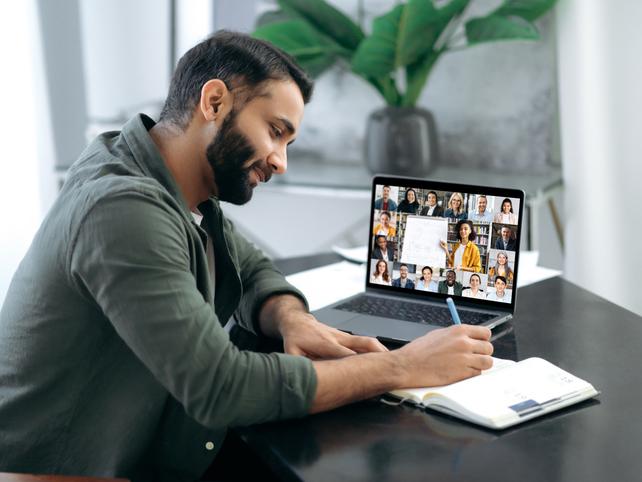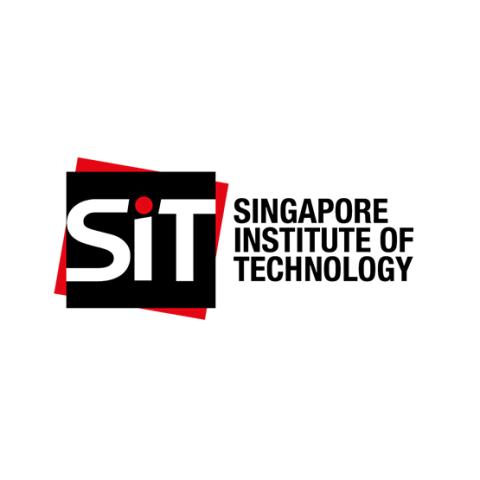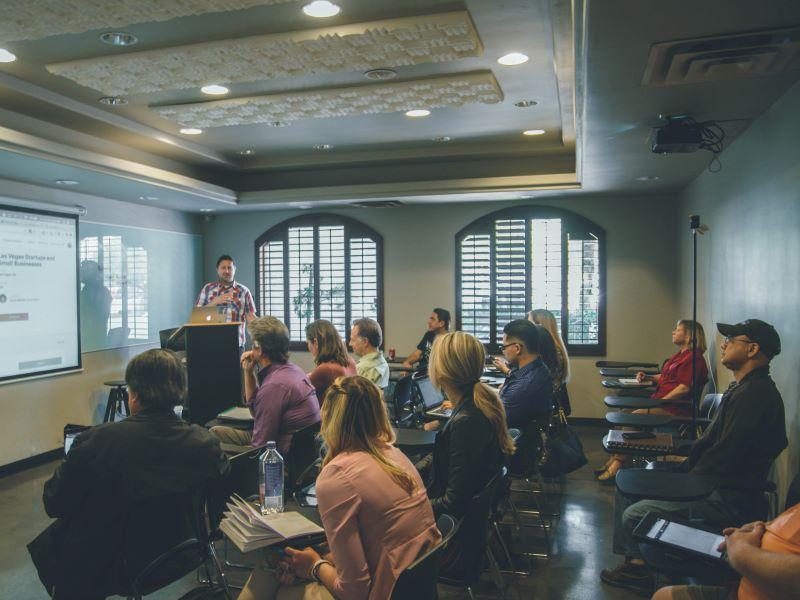
Tips for fostering student engagement in blended learning
Students can often feel disengaged in a blended learning environment. Here’s how to spark their curiosity and give them ownership of their learning journey
The independent and self-directed nature of blended learning can sometimes lead to student disengagement. To combat this, we must understand how to foster engagement specifically in this learning environment. Emotional and agentic engagement can serve as bridges between support and learner satisfaction, according to our research on blended learning.
Emotional engagement is how emotionally invested students are in their learning, while agentic engagement reflects their proactive efforts to contribute to their learning. According to self-determination theory (SDT), students are more likely to be engaged when they feel a sense of autonomy (feeling one has choice), competence (the experience of mastering a skill) and relatedness (the need to feel connected to others). Here, we will share practical strategies, underpinned by SDT, to enhance emotional and agentic engagement.
Cultivate a safe space for interpersonal interactions
The key to emotional engagement lies in creating a supportive community where students feel a sense of belonging and are comfortable expressing their curiosity, doubts and ideas, through whichever medium suits them best.
Educators from our institution are tapping into this by creating multiple interaction points for student engagement – cultivating a safe and inclusive atmosphere where all questions are valued, regardless of the mode of query. They respond to live chats during online synchronous lessons. Outside of class, they create discussion threads on the learning management system for students to post, respond to or initiate discussions on pertinent topics.
- How to help students get the best out of blended learning
- Let’s talk: how to connect with your students in a blended learning environment
- Tech tools to help enhance online and blended learning
For those who prefer other communication channels, there are viable alternatives such as email and messaging applications. And let’s not forget the face-to-face interactions – some students find that such personal interactions with peers and instructors often lead to insightful discussions, stronger relationships and enhanced social dynamics.
Offer students a range of ways to engage, depending on how comfortable they feel. For example, anonymous discussion platforms (such as Q&As and polling platforms) can foster student participation without the fear of judgement or embarrassment. They provide students with a sense of psychological safety, helping them to gradually gain confidence in raising questions or speaking up. In the physical classroom, instructors could set aside time for face-to-face discussions with students who prefer in-person and direct feedback. An inclusive learning environment fosters relatedness and a sense of community.
When choice isn’t just an option
Students should be seen as active participants in their learning. This involves choosing which online resources to use, setting personal learning goals or deciding which strategies to use to tackle a project. The freedom to exercise their choice allows them a sense of ownership over the learning process, making students active participants of knowledge building and skills attainment.
Integrating technology into learning environments can empower students by granting them agency over their learning processes, leading to more meaningful educational experiences. Access to digital tools and platforms facilitates connections between students, instructors and learning content, promoting a more engaging and collaborative learning atmosphere.
For example, our allied health faculty uses a virtual anatomy website to support student learning, and it has been an effective tool for reinforcing that learning. Students can explore anatomical structures, interact with 3D models and quiz themselves on key terms.
In addition, some instructors also create bite-sized, engaging video content. It helps break down complex subjects into easily digestible pieces, allowing students to review concepts that are most relevant to their learning at their own pace.
A diverse range of textual, interactive and experiential content is good for developing student autonomy in blended learning, allowing them to choose methods that align with their preferences and pace.
Connecting theory to practice
“Learn, digest, apply and repeat.” An instructor once shared that students should not just passively listen, but should actively seek opportunities to apply what they have learned outside of class.
The learning process is a continuous cycle. It should not cease outside the classroom but should emanate from within and extend beyond the classroom. Let’s demonstrate how students can apply the skills learned beyond the confines of the classroom into the workplace.
Our instructors shared that they often dedicate half their lesson time to strengthening conceptual understanding, and the other half to guiding students through real-world case studies. Using local businesses or campus events as case studies can engage students and help them develop the problem-solving skills needed to succeed in the workplace. At the Singapore Institute of Technology, students undergo work placements of at least eight months and capstone projects linked to their work assignment, such as developing a solution for industry process. These experiences allow them to apply their learning to tackle industry challenges and develop problem-solving and innovation skills.
The dynamic process of engaging learners in understanding the context, purpose and application of content learned fosters learner agency and competence, which in turn leads to greater student satisfaction and a desire to contribute.
By creating supportive learning environments, giving students choice in their learning and making learning relevant to their lives, we can cultivate enthusiasm for learning, and ignite passion, curiosity and ownership of their learning journey.
Ching Yee Pua is a learning analyst, Kenan Kok Xiao-Feng is a senior learning analyst, Oran Devilly is an assistant professor and lead learning analyst and Shermain Puah is a learning analyst, all at the Singapore Institute of Technology.
If you would like advice and insight from academics and university staff delivered direct to your inbox each week, sign up for the Campus newsletter.



_1.jpg?itok=cNYz4f0E)
